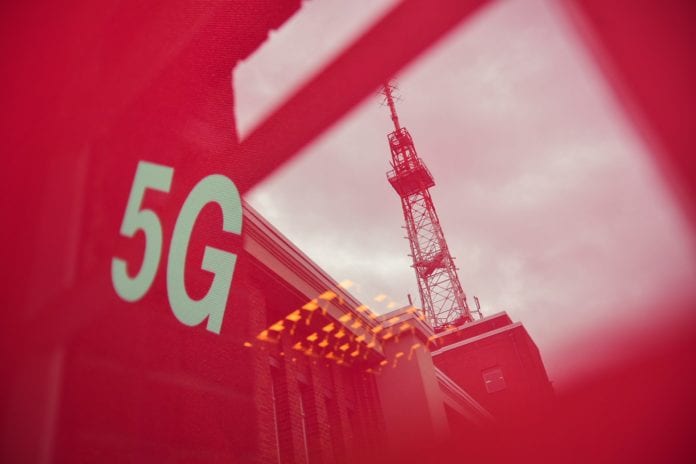Deutsche Telekom said that around 96% of households in Germany can already access the telco’s 5G network
German telecom operator Deutsche Telekom said that a total of 11,400 of its 5G antennas in 900 cities are currently transmitting on the 3.6 GHz spectrum band.
In a release, Deutsche Telekom said it has expanded its mobile service offering at 965 locations nationwide in the last four weeks. Some 171 locations were newly built and are now broadcasting with LTE and 5G frequencies, the telco said.
In addition, 4G and 5G capacity was increased at 794 locations already in operation, the company added.
“The daily average data throughput in our mobile network no longer drops below one terabit per second,” said Abdu Mudesir, managing director of technology at Telekom Deutschland. “Data throughput has doubled in the last four years. These figures underline the performance of our network and make it clear why our network offers the best customer experience.”
Around 96% of households can already access Deutsche Telekom’s 5G network, while LTE coverage currently reaches 99% of households across Germany.
Deutsche Telekom expects to launch its 5G Standalone (5G SA) offering in Germany this year. In a previous round-up of its network achievements during 2023, Srini Gopalan, CEO of Telekom Deutschland, which is DT’s domestic operator, said the carrier is aiming at offering 5G SA to private customers.
The executive noted that Deutsche Telekom’s business customers are already using the technology with functions such as network slicing for live TV transmission of media or in 5G campus networks for industry and research.
The telco previously highlighted that 5G antennas on the 3.6 GHz frequency are particularly powerful ,because they are almost exclusively connected to the transport network with a 10 Gbps connection via fiber optics. The telco noted that the 3.6 GHz frequency band supplements the 5G frequencies in the 700 MHz and 2.1 GHz range, which are already in use nationwide in the Deutsche Telekom network. Especially in densely populated areas, the 3.6 GHz frequencies ensure particularly high download speeds and smooth mobile phone coverage, the carrier said.
The carrier began the deployment of Open RAN (O-RAN) in Germany in December, in collaboration with Nokia and Fujitsu. The telco expects to have 3,000 O-RAN compatible antennas by the end of 2026.
In August 2023, Deutsche Telekom said it has already connected 83% of all 5G mobile communications locations nationwide with fiber optics.

